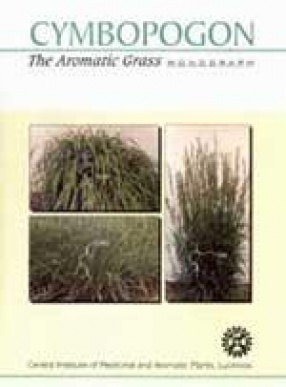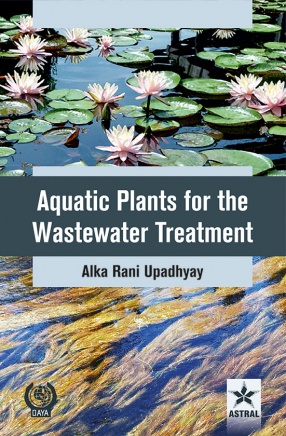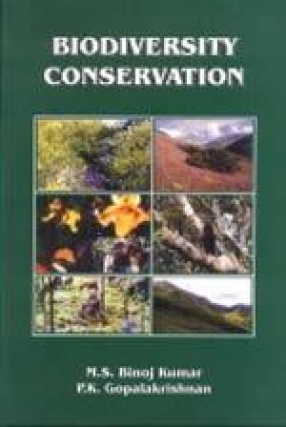In constant effort to improve the quality of life, man has used plants as source of food, shelter, clothing, medicine, and cosmetics and for seeking relief from hardship of life. While all plants synthesize some amount of aromatic compounds in their different parts, some plants including the so called aromatic grasses belonging to the genus Cymbopogon accumulate such large amounts of them in leaves, inflorescences, and/or in roots that these can be obtained as hydro-distilled essential oils. On account of their diverse uses in pharmaceutical, cosmetics, food and flavour and agriculture industries, Cymbopogon grasses are cultivated (medicultured) on a large scale, especially in the tropics and subtropics. There is a large worldwide demand for the essential oils of Cymbopogon species. The genus Cymbopogon (Spreng.) belongs to the family Poaceae, its members occur abundantly in tropics and subtropics with unrestricted distribution ranging from mountains and grasslands to arid zones. There exists considerable ethno-botanical and pharmacological knowledge associated with the use of Cymbopogon materials. Lemongrass, palmarosa-and citronella-essential oils are the main raw material products of the cultivated cymbopogons. Three species of Cymbopogon namely citratus, flexuosus, and pendulus yield lemongrass oil of commerce, with monoterpene citral as the major constituent (75%) which finds uses as flavouring agents, and in perfumery and pharmaceutical industry and as a natural precursor of semisynthetic vitamin A. The oil of palmarosa Cymbopogon martinii having geraniol, gerany1 acetate and linalool as main constituents finds usage in the perfumery, cosmetic and flavouring industries. Citronella Java (Cymbopogon winterianus) yields citronella oil whose ingedient citronellal, citronellol and geraniol are employed in the manufacture of soap, pharmaceuticals, perfumery, cosmetic and flavouring agents. Cymbopogon populations occurring in the wild harbor considerable genetic variation. They produce seeds as well as are amenable for vegetative propagation. These features of Cymbopogon make maintenance of induced variants or genotype constructs easier. Cymbopogons offer opportunities for both basic and applied research, for dissecting the secondary metabolism pathway of terpenoid synthesis by associating and characterizing the concerned genes with their products and functions of individual participating proteins and genetic manipulation of the pathway for increasing its efficiency and creation of genotypes yielding oils of novel quality. Many laboratories in several countries are deeply involved in studying various aspects of cymbopogons using variously derived genetic resources. The work already done covers a wide array of topics, including botanical identification, plant description, cytogenetics, cell, tissue and organ in vitro cultures. Physiology and biochemistry of stress tolerance and essential oil biosynthesis, genetics and biotechnology, and agrotechnology involved in crop production and disease and pest control chemistry of terpenes, biological activities of essential oil terpenoids and trade and marketing aspects. Here an attempt has been made to assemble the available information on cymbopogons to provide a comprehensive monographic account of these aromatic grasses. The major objective of this monograph is to review the literature and give references on the above mentioned aspects of cymbopogons. We believe that this monograph will help the researchers in the formulation of new questions that are required to be answered for taking fuller commercial advantage of the Cymbopogon commodities.
Cymbopogon: The Aromatic Grass Monograph
In stock
Free & Quick Delivery Worldwide
reviews
Bibliographic information
Title
Cymbopogon: The Aromatic Grass Monograph
Author
Edition
1st ed.
Publisher
ISBN
8186943609
Length
380p., Figures; Tables; Plates; Maps; References; 29cm.
Subjects





There are no reviews yet.